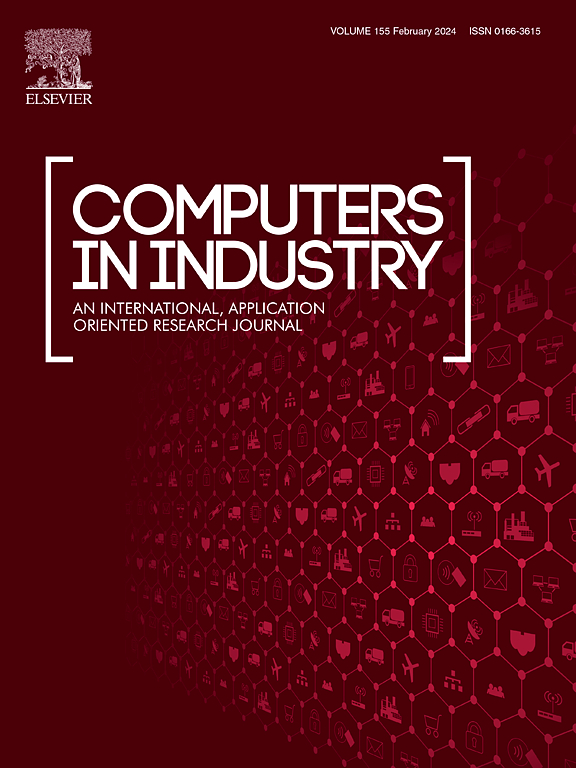从目标域生成训练数据的移动特征驱动标签传播
IF 9.1
1区 计算机科学
Q1 COMPUTER SCIENCE, INTERDISCIPLINARY APPLICATIONS
引用次数: 0
摘要
由于深度学习模型对数据分布变化的敏感性,当应用于与源域不同的建筑工地时,其性能往往会下降。虽然已经探索了迁移学习、领域适应和合成数据生成等方法来提高泛化,但从新的目标领域收集和注释数据仍然是一个劳动密集型的瓶颈。本文提出了一种基于自训练的框架,用于在未标记的目标域中生成用于建筑目标检测的训练数据。该方法利用光流估计识别运动目标,通过迭代自训练传播类标签,并通过图像绘制和复制粘贴增强合成逼真的训练图像。实验结果表明,该方法在不依赖人工标记目标数据的情况下显著提高了检测性能。这些发现有助于推进自动化和可扩展的领域适应技术,用于基于视觉的施工监测。本文章由计算机程序翻译,如有差异,请以英文原文为准。
Moving-feature-driven label propagation for training data generation from target domains
Deep learning models often suffer from performance degradation when applied to construction sites that differ from the source domain due to their sensitivity to data distribution shifts. Although methods such as transfer learning, domain adaptation, and synthetic data generation have been explored to improve generalization, collecting and annotating data from new target domains remains a labor-intensive bottleneck. This study presents a self-training-based framework to generate training data for construction object detection in unlabeled target domains. The method identifies moving objects using optical flow estimation, propagates class labels through iterative self-training, and synthesizes realistic training images via image inpainting and copy-paste augmentation. Experimental results from four visually distinct construction scenes demonstrate that the proposed method significantly improves detection performance without relying on manually labeled target data. These findings contribute to advancing automated and scalable domain adaptation techniques for vision-based construction monitoring.
求助全文
通过发布文献求助,成功后即可免费获取论文全文。
去求助
来源期刊

Computers in Industry
工程技术-计算机:跨学科应用
CiteScore
18.90
自引率
8.00%
发文量
152
审稿时长
22 days
期刊介绍:
The objective of Computers in Industry is to present original, high-quality, application-oriented research papers that:
• Illuminate emerging trends and possibilities in the utilization of Information and Communication Technology in industry;
• Establish connections or integrations across various technology domains within the expansive realm of computer applications for industry;
• Foster connections or integrations across diverse application areas of ICT in industry.
 求助内容:
求助内容: 应助结果提醒方式:
应助结果提醒方式:


